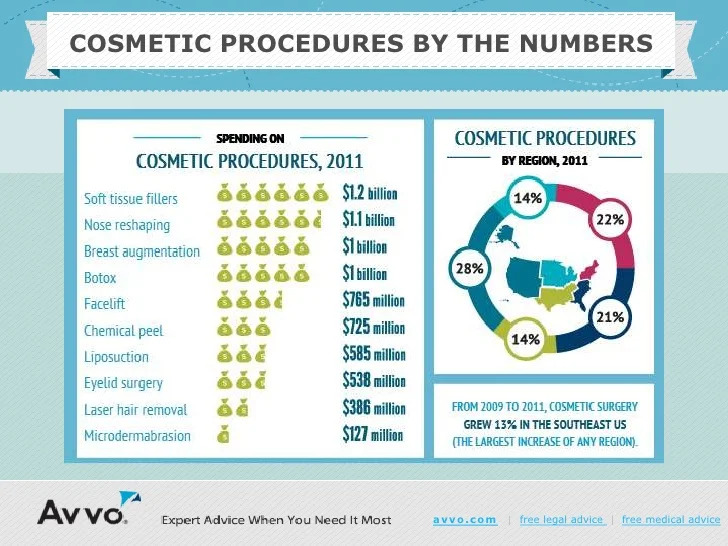Long Term Effects Of Untreated Acne
Long Term Effects Of Untreated Acne
Blog Article
Acne Therapy - What Are AHAs in Acne Treatment?
AHAs are an essential component for unclogging pore clogs and brightening acne-prone skin. They function by breaking down dead skin cell buildup to promote newer, fresher cells, and preventing future obstructions.
Formulating topical AHAs requires careful focus to various essential aspects that dramatically impact their efficacy and tolerability. Preserving the ideal pH array, in addition to vehicle selection and concentration, magnifies their exfoliative features while mitigating potential unfavorable reactions.
Glycolic acid
Glycolic acid is understood for its light yet reliable scrubing residential properties, which advertise skin's all-natural shedding and loosen the "glue" that holds dead cells on the surface of the skin. This assists unclog pores and lessen the look of great lines and creases, along with boost overall skin texture and tone.
Interestingly, topical glycolic acid has likewise been revealed to promote the manufacturing of collagen, which is essential in keeping skin's suppleness and flexibility. It is important to keep in mind, nonetheless, that due to the fact that glycolic acid can boost the skin's level of sensitivity to sunshine, it is vital to wear sunscreen when using any products containing this ingredient.
Dermatologists pay careful attention to the formulation of products including AHAs in order to optimize their efficacy and tolerability. Formulating AHAs with the suitable car, along with pH and concentration considerations, allows for optimal skin penetration while decreasing possible damaging responses. This is specifically critical for people with delicate skin, considering that AHAs are understood to be slightly annoying.
Lactic acid
Lactic acid is discovered in lots of non-prescription skin treatment products and some stronger expert peels and therapies. It has the most affordable molecular weight of all the AHAs and is able to penetrate deeper into the skin, where it is extra reliable at unclogging pores and exfoliating.
Like glycolic acid, it also boosts collagen synthesis, which aids reduce fine lines and wrinkles and improve skin appearance. In addition, it has moisture-retention buildings, that makes it sofwave near me better for drier skin types than other AHAs.
The extensive body of clinical information substantiating the efficiency of topical AHAs supports their energy in a variety of skin-related ailments and visual worries. These include intricate skin rejuvenation treatments, depletion of fine lines and creases, lightening of hyperpigmentation, healing intervention for actinic keratosis, and acne management [2] Maximizing the solution of AHAs by balancing pH, concentration, and lorry choice even more enhances their healing capacity. These careful factors to consider make it possible for skin specialists to deliver secure and efficient treatments that provide premium scientific results.
Mandelic acid
Mandelic acid, stemmed from almonds, is one more member of the AHA family members and is a prominent ingredient in items that assist deal with acne. Its bigger molecular size suggests it permeates the skin more gradually and carefully, which can reduce the possibility for irritation. It's additionally less likely to cause inflammation and other skin level of sensitivity issues, making it ideal for sensitive skin types.
Mandelic Acid is believed to help reduce swelling and boost hydration. It works by loosening up the bonds between dead skin cells, enabling them to shed and disclose fresher-looking skin. It likewise helps reduce the look of enlarged pores.
Creating topical items with AHAs needs a precise equilibrium of essential factors that substantially impact their efficiency and tolerability. In particular, the pH of an AHA solution has been revealed to play a crucial duty in its capability to advertise peeling and enhance skin tone and appearance. Accomplishing this optimum concentration is a tough goal and needs meticulous interest to the various elements that impact the solution process.
Citric acid
Citric acid, discovered in citrus fruits such as oranges and lemons, is a mild AHA. It's less bothersome than glycolic or lactic acid, making it more suitable for delicate skin. It additionally has astringent homes, aiding to dry out excess oil.
Like various other AHAs, citric acid can be used in chemical peels and everyday active/maintenance therapies to exfoliate the skin and advertise cell turnover. It can help reduce the look of dark spots and hyperpigmentation, in addition to great facial lines.
It can likewise raise the synthesis of glycosaminoglycans, which play an essential duty in strengthening the skin barrier feature. This helps to prevent trans-epidermal water loss, and keep optimal hydration levels in the skin [35]
AHAs can be incorporated with soothing components such as ceramides or hyaluronic acid to boost their tolerability. They can be incorporated into day-to-day active/maintenance skincare with lotion or product formulations. This enables experts to tailor their AHA treatments based upon patient needs and choices, with the adaptability of choosing from different treatment intensities or focus.